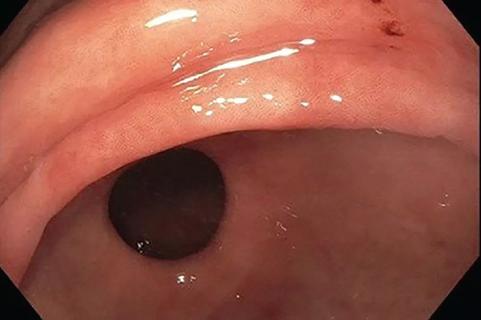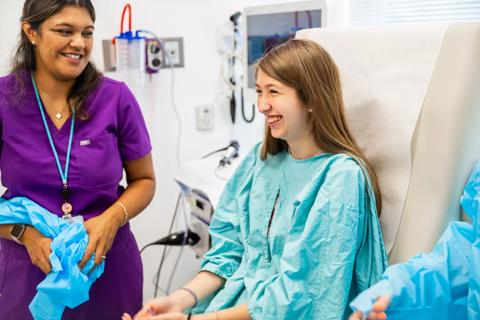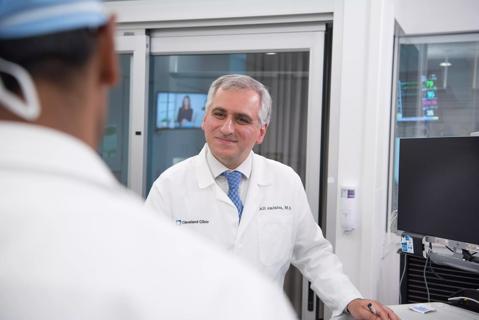
Careful risk stratification is key

Findings support the safety of the technique

Insights from murine models could help guide care for patients

Pediatric and adult gastroenterologists offer team care for patients with eosinophilic esophagitis
Cleveland Clinic is a non-profit academic medical center. Advertising on our site helps support our mission. We do not endorse non-Cleveland Clinic products or services. Policy

Reviewing how the drug can be incorporated into care

Insights on guiding treatment decisions

Largest, longest analysis to date shows greater weight loss and fewer diabetes medications needed

Strong patient communication can help clinicians choose the best treatment option

ctDNA should be incorporated into care to help stratify risk pre-operatively and for post-operative surveillance

The importance of raising awareness and taking steps to mitigate these occurrences